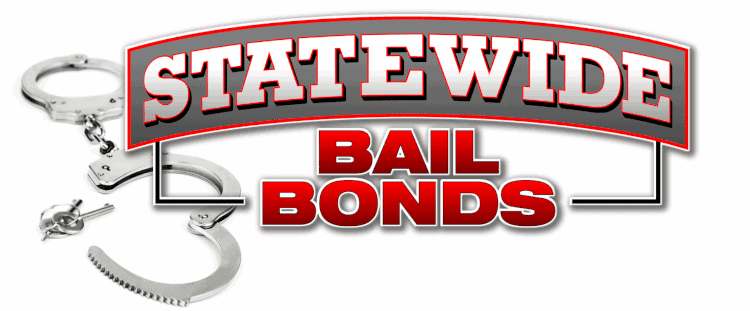Introduction
When faced with the sudden responsibility of bailing a loved one out of jail, the legal system can seem like an overwhelming maze. At this critical moment, having a clear understanding of the requirements and steps involved is crucial for ensuring a smooth and timely release.
In this comprehensive guide, we’ll break down the complexities of the bail system, equipping you with the essential knowledge to successfully post bail and bring your loved one back home. From understanding the different types of bail to gathering necessary documentation, and deciding whether to work with a bail bondsman or use property as collateral, we’ve got you covered.
This guide is your beacon, instilling confidence as you navigate the bail process. Join us as we delve into the intricacies of bailing someone out of jail, providing you with the critical information needed to make informed decisions and reunite with your loved one as quickly as possible.
Understanding the Bail Process
Before diving into the specific requirements for bailing someone out of jail, it’s essential to grasp the concept of bail and the bail process. Bail is a financial guarantee provided to the court to ensure the defendant will attend all court proceedings. If the defendant fails to appear, the bail amount is forfeited.
Determining the Bail Amount
The bail amount is determined by the judge during the bail hearing or arraignment. Factors influencing this decision include the nature of the charges, ties to the community, and the defendant’s criminal history. In some cases, the judge may deny bail or release the defendant on their own recognizance (ROR), which means no bail is required.
Types of Bail
There are several ways to post bail for a defendant, including:
– Cash Bail: Paying the full bail amount in cash.
– Surety Bond: Hiring a bail bondsman to post bail on the defendant’s behalf.
– Property Bond: Using real estate as collateral for the bail amount.
– Release on Own Recognizance (ROR): Release without any financial obligation.
Information and Documentation Needed
To bail someone out of jail, you will need specific information and documentation, including:
– Full name and date of birth of the defendant
– The jail or detention center where the defendant is held
– The booking number assigned to the defendant
– The charges against the defendant
– The bail amount set by the judge
Paying Cash Bail
When paying cash bail, you need to provide the total bail amount in cash, cashier’s check, or money order, depending on the jail’s requirements. The defendant will be released upon providing the necessary documentation and payment. If the defendant appears in court as required, the bail amount, minus any court fees, will be refunded.
Working with a Bail Bondsman
If you cannot afford to pay the total bail amount, hiring a bail bondsman is a viable alternative. A bail bondsman will post a surety bond for the defendant’s release in exchange for a non-refundable fee, usually 10-15% of the bail amount. You will need to provide the bail bondsman with the defendant’s information and sign a contract outlining the terms of the agreement.
Using Property as Collateral
Sometimes, you may use real estate or other valuable assets as collateral to secure a property bond. To do this, you must provide proof of ownership, property value, and any outstanding debts on the property. The court will place a lien on the property, and if the defendant fails to appear in court, the property may be seized to cover the bail amount.
Co-signing a Bail Bond
When working with a bail bondsman, you may be required to cosign the bail bond agreement. As a co-signer, you assume responsibility for ensuring the defendant appears in court and may be held liable if they fail to do so. Therefore, it’s essential to understand the potential risks and responsibilities before co-signing.
Release on Own Recognizance (ROR)
In some instances, a judge may grant a defendant release on their own recognizance. This means the defendant is released without having to post bail, based on their promise to appear in court for all scheduled proceedings. ROR is typically granted in cases involving non-violent offenses, first-time offenders, or defendants with strong community ties. If a defendant is granted ROR, no further action is required to bail them out of jail.
Preparing for the Defendant’s Release
Once the bail process is complete, prepare for the defendant’s release by:
– Arranging transportation to pick up your loved one from the jail or detention center.
– Understanding the terms of release, such as travel restrictions, and ensuring the defendant adheres to these terms.
– Keeping track of all court dates and helping the defendant stay organized and compliant with their obligations.
Conclusion
Bailing someone out of jail can be a complex and emotionally taxing process. To successfully navigate this challenge, it’s essential to understand the bail process, gather the necessary information and documentation, and choose the most appropriate method for posting bail. By doing so, you can expedite the release of your loved one and help them meet their obligations to the court.
Remember, knowledge is power, and being well-informed will make all the difference during this difficult time. The team at Statewide Bail Bonds is knowledgeable and professional, and we’re always happy to discuss any questions you may have about the process. Reach out to us for guidance and support as you navigate the bail process.
